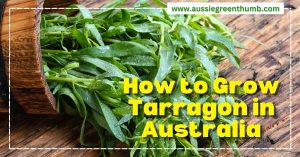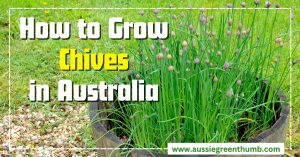There are two types of low-maintenance garden; the type where you allow your garden to sustain itself, and the type where you keep it tidy using manageable plants. Wattle is perfect for slightly scruffier gardens, where design is left up to nature.
In this article, we’ll look at how to control acacia, and when to leave it to its own devices, as well as some of the most popular Australian acacia varieties to grow at home.
More...
Family: | Fabaceae |
|---|---|
Genus: | Acacia |
Common Names: | Acacia, Wattle, Mimosa Tree, Thorntree |
Location: | Outdoor |
Type: | Trees and shrubs |
Growth: | 1-4m tall |
Sun requirements: | Full sun |
Foliage Colour: | Green, pinnate leaves |
Flower Colour: | Yellow |
Flowering: | Winter and Spring |
Fruit: | Pods full of edible seeds |
Maintenance level: | Low |
Poisonous for pets: | Non-toxic to cats and dogs |
Getting to Know Wattles
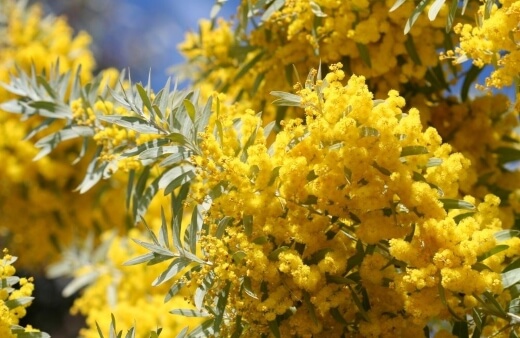
Acacia is a wide genus of flowering shrub in the Fabaceae family, which includes legumes, beans, peas and even Wisterias. Though not all members of the family have edible seeds, most are safe to eat when prepared properly. It is also known to be the largest genus of flowering plants in Australia.
The hanging flowers of this plant closely resemble pea flowers, with a large rear petal and two sprung petals that are pollinated by bees and wasps, who land on the flowers, releasing pollen onto their backs when they search for nectar.
Acacias come in tree and shrub form, with the tallest acacia growing to around 10m tall, and the shortest growing less than 1m tall, meaning there is literally an acacia to fit any garden.
Acacia's Natural Habitat
This plant are native to Australia, with over 160 Acacia species thriving all over our island nation. They prefer an open and exposed position in full sun and are very drought tolerant.
Other than Australia, there are around 900 species of Acacia native to Africa and South-East Asia, though the widest spread is believed to be Australia.
Best Acacia Varieties to Grow in Australia
1. Hard Leaf Wattle (Acacia sclerophylla)
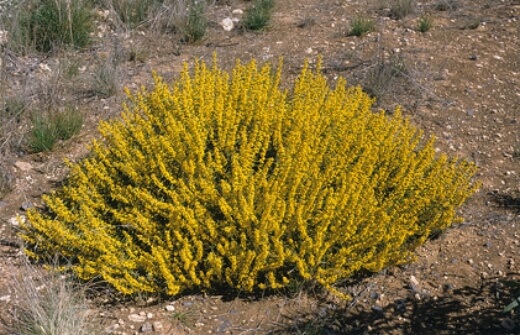
Hard leaf wattle is one of the toughest native shrubs in Australia, found growing around the coast, and deep inland, it can cope with prolonged drought as well as frosts down to -7°C.
The fine yellow flowers of hard yellow wattle cover the stems in spring and produce masses of edible seeds soon after.
Acacia sclerophylla growing guide
2. Gold Dust Wattle (Acacia acinacea)
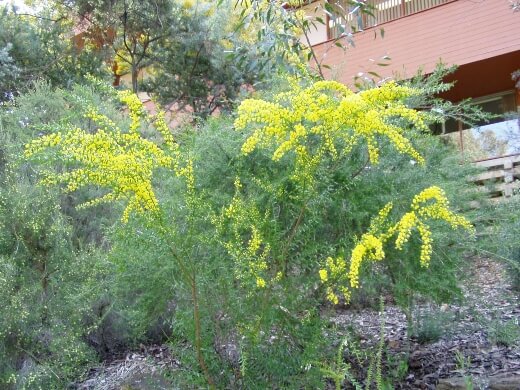
Source: Wikipedia
Gold dust wattle is found native all over Australia, but they are short-lived. While these gorgeous ornamental species have vivid yellow flowers for the first few years, they tend to live for just fifteen years, and their colouring fades after around five years.
However, for new gardens where the soil is in poor condition, growing acacia is an easy way to open up the soil structure again.
3. Jam Wattle (Acacia acuminata)
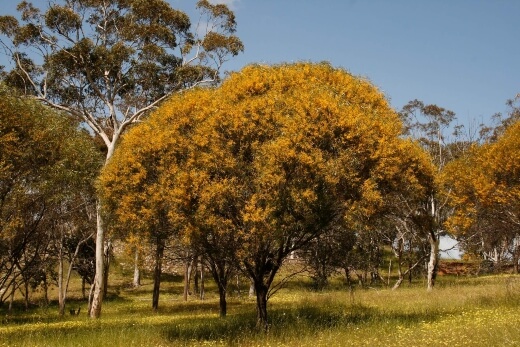
The jam wattle’s fine seeds, as you might have guessed, are often used to add to jams and preserves to give texture and a depth of flavour, helping to boost the natural flavours of berries and fruits.
The shockingly bright yellow flowers are worth growing in themselves though, even if you’re just growing acacia as an ornamental shrub, or keeping a native hedge.
Acacia acuminata growing guide
4. River Wattle (Acacia cognata)
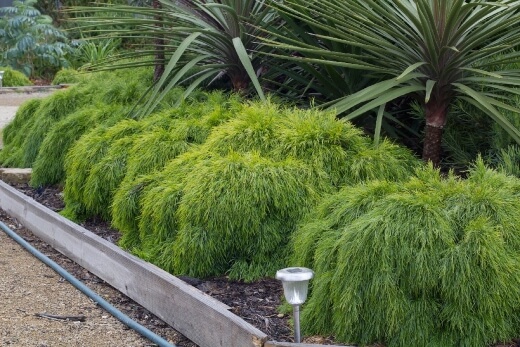
Source: The Garden Feast
There are several different cultivars of this particular acacia species, but they all share one trait; their elongated leaves which give a delicate, but structural fog to borders, softening boundaries and helping to filter wind and noise.
While river wattle is best suited to cooler, damp spaces, they make a great addition to urban gardens.
5. Golden Wattle (Acacia pycnantha)
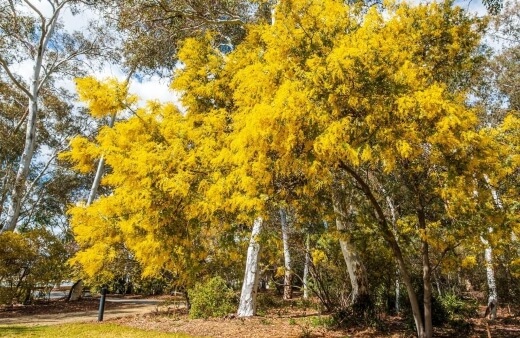
Golden wattle is Australia's national floral emblem. When you get up close to golden wattle, the flowers are just beautiful. Their small pompom forms hang in tight clusters in pale green stems, dangling nervously from the brittle branches of their fast-growing canopies.
The pollen-rich flowers are ideal for pollinators, and essential additions to any garden trying to support and encourage pollinators.
6. Creeping Wattle (Acacia saligna)
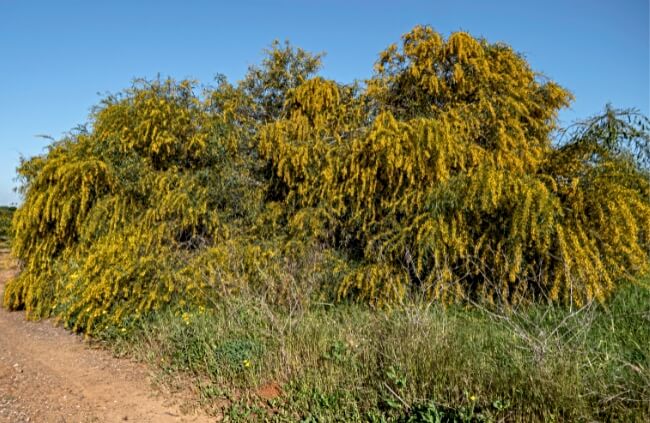
Blue leaf wattle, or creeping wattle, is generally grown as a sturdy shrub but can be pruned into a single-stemmed tree with some care and attention.
Its hanging, willow-like leaves bristle all year round and are ideal for large gardens and parks where they self-seed easily.
7. Box Leaf Wattle (Acacia buxifolia)
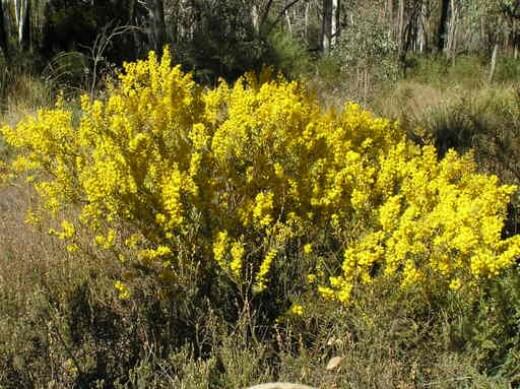
Source: ANPS Canberra
The small rounded leaves of the box leaf wattle make it a common alternative to Buxus hedges, but it is short-lived and requires regular pruning to maintain its structure.
Rather than sticking to tradition, allow the box leaf acacia to grow into a multi-stemmed tree. The gnarled bark provides homes for countless insects, and the native flowers are abundant in spring.
8. White Wattle (Acacia linifolia)
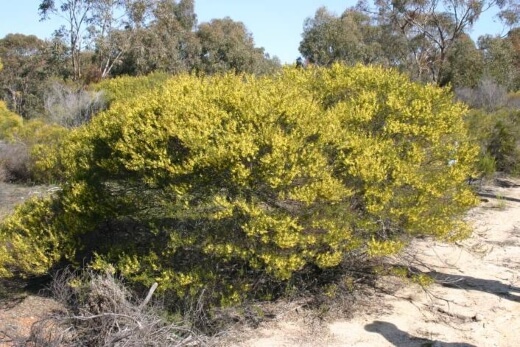
Source: Acacia World
Also known as Flax-Leaf Wattle, White wattle is a shrubby acacia, growing to around 15ft at full maturity. Unlike most acacia, which flower yellow, this variety has white, cottony flowers, which float gracefully around each phyllode (a stem structure similar to leaves, which is neither stem nor leaf).
9. Juniper Wattle (Acacia ulicifolia)
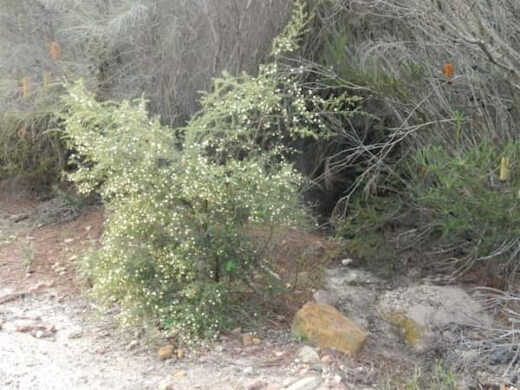
Source: Australian Native Plants
Juniper wattle is perfect for gardeners battling with shade. While the juniper wattle won’t withstand full shade, it is happy in part shade, provided it receives at least 6 hours of light per day in summer.
Its fine leaves don’t take much water, so it makes the most of shaded roots to take up water while it can, and preserves energy in cooler locations.
10. Kangaroo Thorn (Acacia paradoxa)
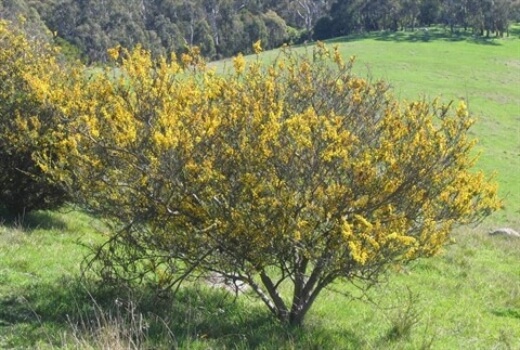
Source: Yarra Ranges Council
Kangaroo Thorn is incredibly invasive, but for hard landscaped yards that need privacy and security, they are a great low-maintenance option.
Simply prune once a year after flowering to maintain a manageable height, and these plants will self-seed around the border to replace themselves as they fade.
11. Silver Wattle (Acacia Dealbata)
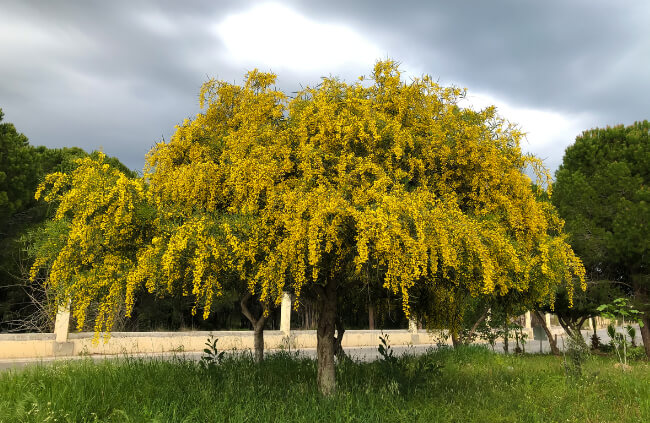
Sporting profusions of clustered bright-yellow powder puff flowers from spring to early summer, the silver wattle tree is also prized for its glaucous silvery fern-like foliage and its ability to further elevate gardens with its fresh-smelling leaves.
Perfect for warmer climates that don’t experience hard frosts, the silver wattle makes for the perfect feature specimen to add a wow factor to outdoor spaces.
Its globular inflorescences also make for beautiful cut flowers. This acacia species grows to around 5 to 15 metres tall and wide cultivated in gardens.
12. Acacia ‘Honey Bun’
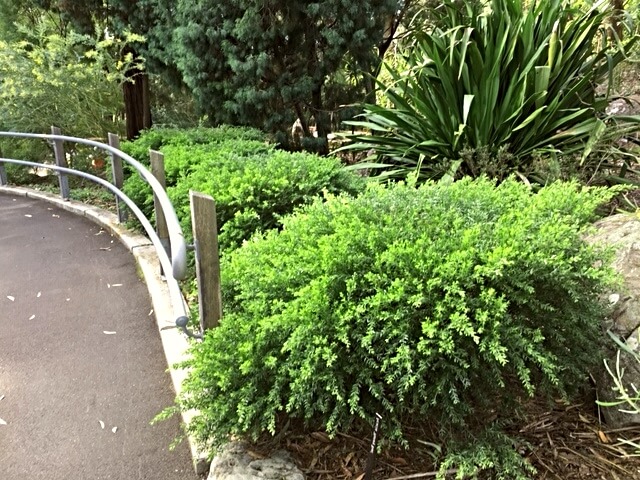
Source: Australian Plants Society NSW
A gorgeous cultivar from the Acacia howittii species, it features attractive evergreen lime-coloured leaves that gently cascade to the ground with soft yellow blooms in spring. Reaches up to 1.5 metres tall and wide in cultivation, perfect for almost any garden size and setting.
A great pick for those looking to establish an attractive low hedge, windbreak, or feature. Alternatively, it will suit border plantings along fence lines well.
Acacia ‘Honey Bun’ growing guide
13. Clay Wattle (Acacia glaucoptera)
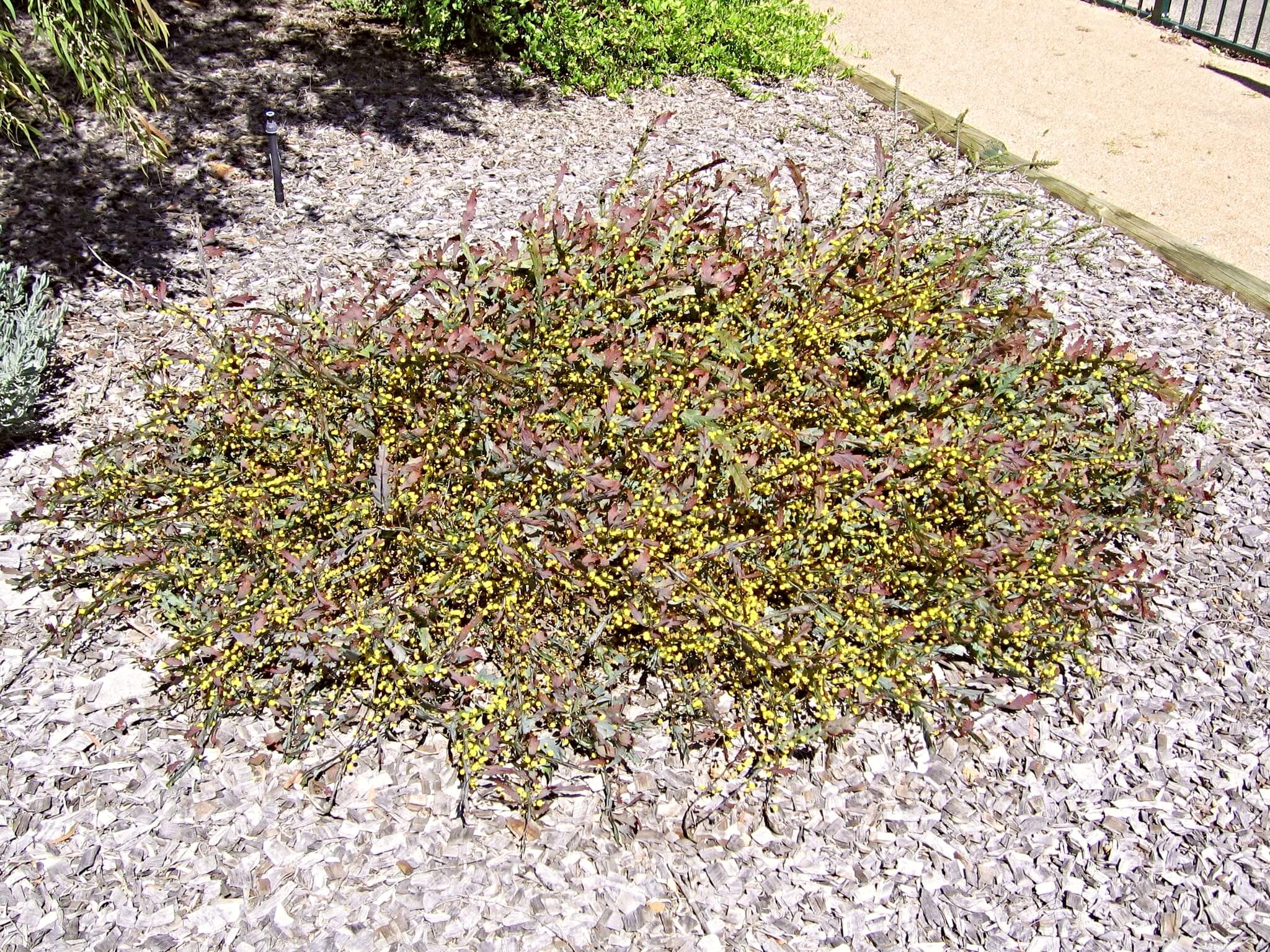
Source: The Native Shop
This species in Western Australia produces long serrated lime-green foliage adorned with small rounded yellow blooms over winter to spring. It has a wonderfully dense habit, perfect for topiary or used as a feature in cottage gardens.
It tolerates pruning well, so you can easily control its size as needed. Though it can be a little hard to come by, this acacia species is certainly worth it, offering low-maintenance appeal to gardens.
Acacia glaucoptera growing guide
14. Prickly Moses Wattle (Acacia verticillata)
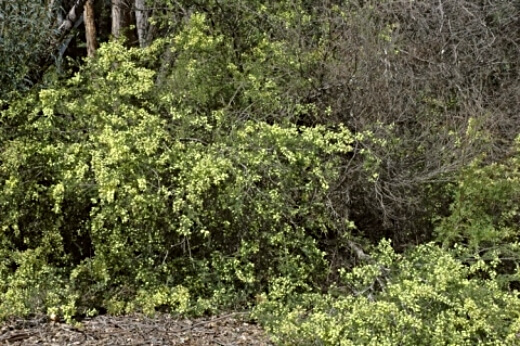
Source: Useful Temperate Plants
A large growing wattle species up to 6 metres tall. A common wattle species in the Tasmanian habitats, this shrub features fluffy yellow flowers and a spreading habit, perfect for filling out tough spots in the garden.
Thrives in loamy soil positioned in a sunny spot. Flowers frequently in good conditions and are tolerant to temperatures down to about -5°C.
Acacia verticillata growing guide
15. Black Wattle (Acacia mearnsii)
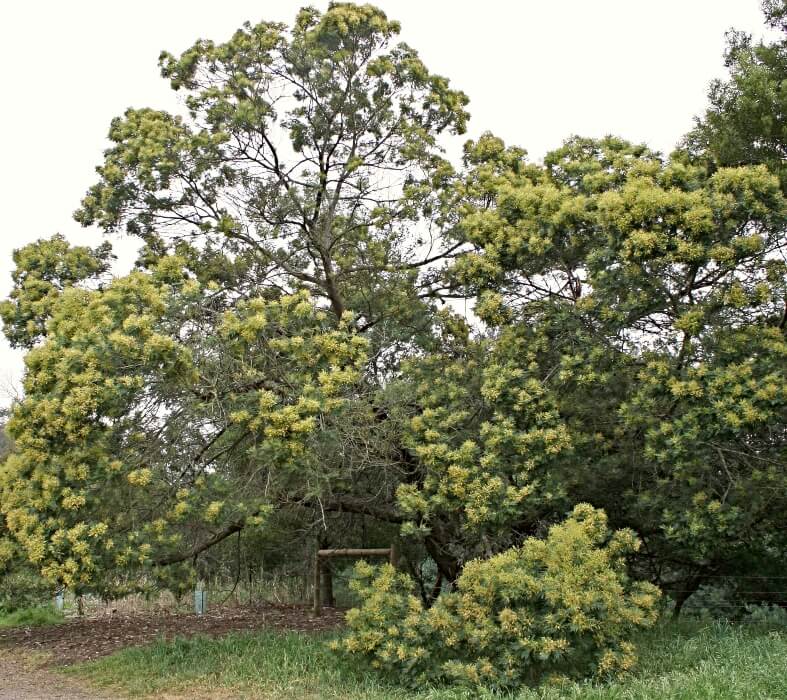
Source: Yarra Ranges Council
Native to Southeast Australia, this wattle species is commonly grown as a bush tucker, producing nutritious edible seeds that have a tasty nutty flavour with hints of chocolate and coffee when roasted.
In early spring, black wattle produces profuse creamy-white fluffy flowers at the ends of branches, offering lovely displays in gardens. Furthermore, it features attractive palm-like fronds decorated with textured evergreen leaves. Ideal for larger landscapes, this tree can reach up to 10 metres tall in good conditions.
16. Cootamundra Wattle (Acacia baileyana)
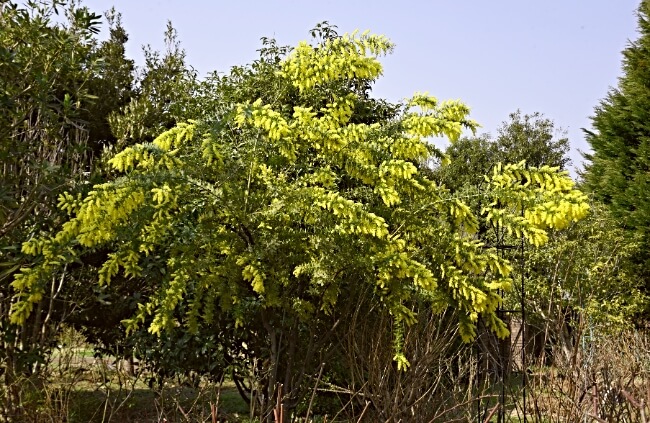
A highly ornamental tree species in the Wattle family, Cootamundra wattle produces large clusters of buttery-yellow blooms that are borne aside the plant's silvery-green foliage. It too produces edible seeds, but it is mostly grown for its decorative abilities in gardens.
It has a gorgeous cone-like form, typically growing with a neat and symmetrical habit, perfect for adding some height and interest to outdoor spaces. With some extra care, it can also be grown as a large shrub, usually reaching up to 6 metres tall and 3 metres wide.
How to Grow Acacia
This plant grows best in full sun, and is highly drought tolerant so makes an excellent low-maintenance plant for the garden, but it does need some special considerations over its planting location, and more hands-on care for the first year or two:
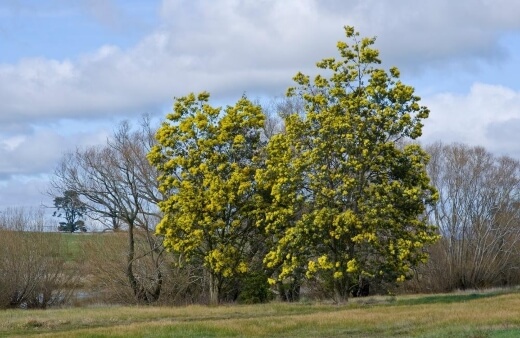
Caring for Newly Planted Acacia
If you’ve just got back from the garden centre with a young acacia, you need to find the best place for it in the garden. Choose a good sunny spot and soil with good drainage, and water it well (a full watering can, or bucket as a minimum.)
For acacia trees, rather than shrubs, the only difference is that they benefit from loosely staking for the first three years in exposed conditions, to protect them from the wind while they establish anchoring roots.
Sunlight Needs
Wattle trees need full sun, regardless of their growth habits and heights. This plant grows out in arid environments with very little competition, so is best planted in neat borders with minimal competition, or in the centre of a lawn with at least 1m of bare soil cut out around the tree’s base to remove the competition from grass.
Newly Planted Acacia Watering Schedule
Newly planted acacia should be watered once a week for the first year in summer, and once a fortnight through spring and autumn. Avoid watering this plant through winter.
While wattle trees don’t need much water, watering generously like this means the roots reach out into the soil, and downwards in search of water as it will run through the root ball until it grabs the earth around itself.
What Soil to Use
Acacia likes loose, free-draining soil, so avoid planting into clay. If you have clay soil in your garden, dig a hole at least twice the size of the root ball, and mix compost and grit through the topsoil to improve drainage.
Break up the ground at the bottom of the hole, and mix grit through it before planting too, so the roots are never sat in water underground.
Staking Young Wattle Trees
Young wattle trees should be staked to avoid rocking excessively in the wind, but not so tightly that they don’t rock at all. To properly stake a tree, insert a solid timber at 45, to the highest point facing the prevailing wind.
Push the post into the ground firmly, and loosely twine the tree to the stake with an inch between the tree and the stake so the tree has room to sway slightly.
Any timber will do for tree stakes as they are just temporary and should be removed after the first two years.
How to Care for Mature Acacia
Mature acacia is far simpler to look after as they don’t require pruning, mulching, feeding, or watering, and will happily thrive with no ongoing care whatsoever.
The only acacia care tip for garden trees is to keep removing grass that grows under the canopy, and remove any weeds or competition, as this plant prefer to be the only tree in their space.
How long do acacias live?
Acacia trees are short-lived, so can reach their full height in under ten years. Like most fast-growing plants they are brittle and can easily succumb to disease.
However, the most common factor in this plant's lifespan is exhaustion, so if your Acacia is a key feature in your garden it’s well worth keeping the seeds to replant a tree when yours stops producing.
How to Propagate Acacia
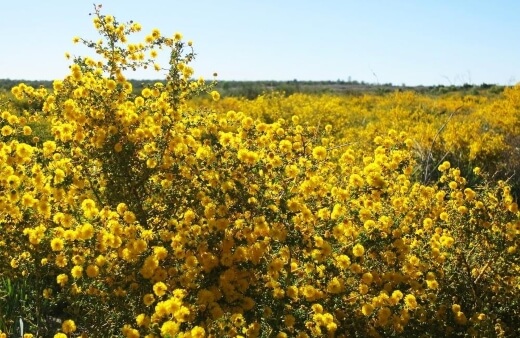
This plant is easy to grow from seed, and readily self-seeds in most climates. Like most legumes, the seeds dry completely in the pods, meaning they last for months on the ground before the rainy season triggers them to germinate.
As well as propagating acacia from seed, they are also fairly straightforward to grow from cuttings. We’ll look at both methods below:
How to Propagate Acacia from Seed
Wattke propagation from seed is simpler than you might think, and just requires a little bit of natural trickery.
- Start by soaking dries wattleseed in water for 12 hours
- Mix a 50:50 mix of perlite and compost in small pots, and sow two seeds to each pot.
- Cover lightly (5mm of compost) and water well
- Leave in a sunny spot for between two and four weeks.
- After germination, remove the weakest seedling and care for the main seedling until roots appear at the base of the pot.
- Your wattleseed is ready for a larger pot, or a protected space in the garden.
Note: Plenty of sources online suggest germinating wattleseed in darkness. This can speed up germination on wet paper towels but will produce weaker plants.
This plant germinates in full sun in nature, so avoid messing with that part of its growth.
Propagating Acacia from Cuttings
You will need:
- Small pots
- Perlite
- Garden soil
- Rooting hormone
- Clean secateurs - Here is a list of secateurs we reviewed and highly recommend.
Method:
This plant can grow from greenwood, or softwood cuttings taken from non-flowering shoots just after flowering. Find a non-flowering shoot with semi-hardwood (growth with bark that hasn’t gone full hard) and cut just below a node, keeping 10-15cm of wood between the node and the tip.
Dip your cutting in rooting hormone and push it into a small pot of free-draining compost with a mix of perlite and garden soil.
Learn more about the different types of cuttings and how to do them so you will be more equipped when it comes to propagating different plants.
Wattle Pests and Diseases
Acacia is highly disease resistant and doesn’t have any common pests, but aphids and blackfly can use it as a host plant in early spring before beans and pests emerge.
If you notice blackfly on young acacia shoots, blast them off with a hose, as it can cause black spots on the leaves, caused by the fungal infection anthracnose which is spread by these biting insects.
Wattle Frequently Asked Questions
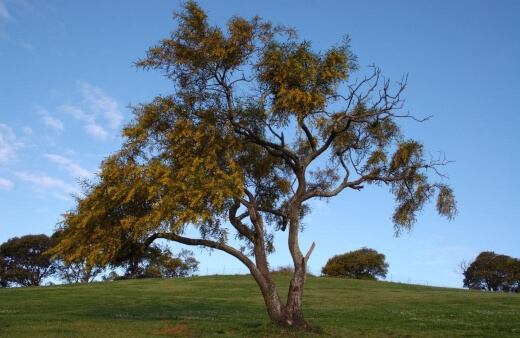
How long does wattle take to root?
Acacia trees take 2-3 years to fully establish in new soil. Throughout summer, or spring and autumn dry spells, water generously weekly to avoid the roots drying out. This helps them establish faster than watering little and often.
Do Acacia trees have deep roots?
Acacia trees have long roots that search deep in the soil for water. Most species of this plant will not damage property, but some, including Acacia melanoxylon (blackwood acacia), are noted as invasive species and can damage paving.
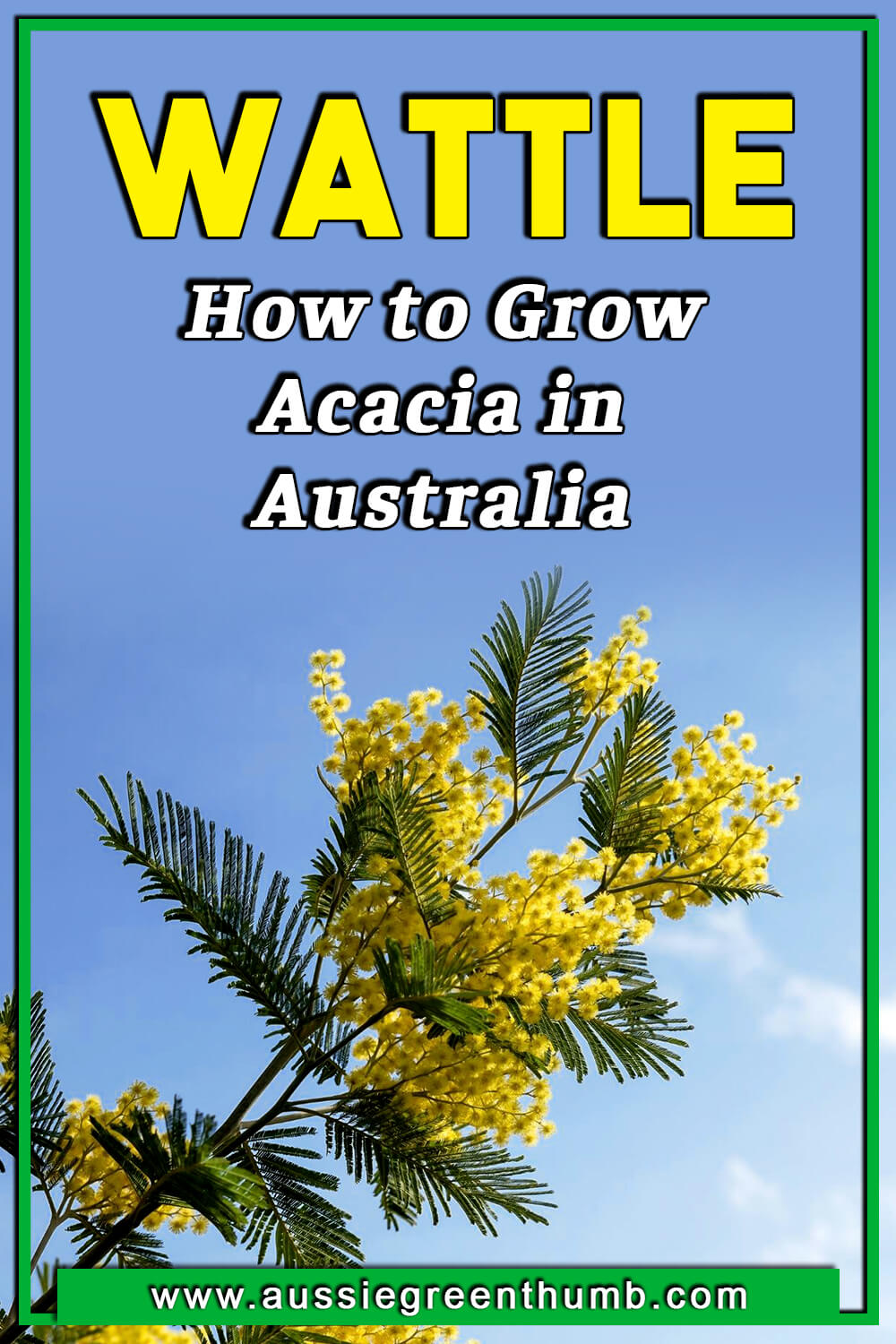
Wrapping Up Our Wattle Growing Guide
Acacias are hardy right through Australia, so don’t need any special treatment, but give them a good drink once every 1-2 weeks for the first growing season to help them establish roots quickly.
After that, growing Acacia is simple. Just give them a prune if they get out of hand, and pull up seedlings where they appear. Once they’re ready, harvest their seeds to use your very own wattleseed in the kitchen.
What are you waiting for? Start growing wattles in your garden today.
Published on December 14, 2023 by Nathan Schwartz
Last Updated on April 11, 2024

